
How do i train my dog to be obedient?
Watching your dog dart across the park ignoring your calls isn’t just frustrating—it can put them at risk near busy streets or public spaces.
You adopted Max thinking he’d be the perfect family pup—until he lunged at the mailman or hid under the bed when your nephew visited. A poorly socialized dog isn’t “bad” or “mean”; they’re scared. Unlike puppies, adult dogs don’t have a 3-16 week critical window for easy socialization, but behaviorists confirm it’s never too late to build their confidence. The key is patience, not pressure—rushing interactions will only deepen their fear.
First, identify their triggers. Does Max tense up around kids, men with hats, or other dogs? Once you know what spooks him, use “desensitization”: start far enough from the trigger that he stays calm (say, 20 feet from a neighbor walking their dog) and reward him with his favorite treat (like a peanut butter-filled Kong) for staying relaxed. Gradually move closer over days or weeks—there’s no timeline, so let his comfort guide you. For apartment dwellers, this works wonders with hallway noises: play recordings of doorbells or footsteps softly, rewarding him when he doesn’t bark.
Positive reinforcement is non-negotiable. Yelling or tapping his nose when he reacts out of fear will only make him associate you with stress, and physical punishment violates animal welfare standards in most U.S. states and EU countries. Instead, if he starts to panic, calmly move him away from the trigger and wait for him to settle—then reward that calm behavior. My friend Sarah used this with her rescue, Luna, who now greets guests instead of growling at them.
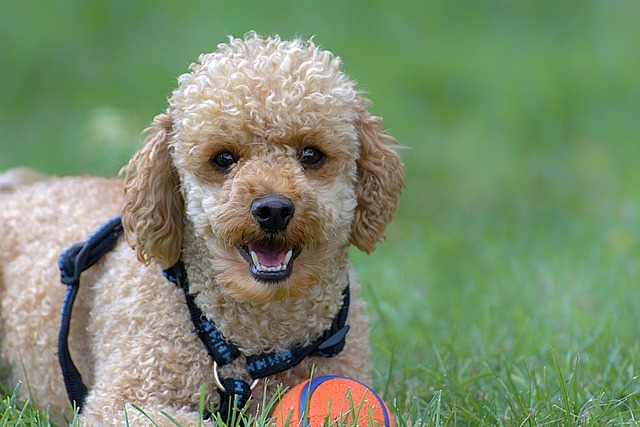
Before venturing out for socialization, double-check his vaccine records. Most U.S. cities mandate core vaccines (distemper, parvovirus) for adult dogs, and updated shots keep him safe during interactions. Also, always carry poop bags—failing to clean up after him in parks or apartment courtyards isn’t just rude; it’s illegal in places like New York City and Los Angeles, with fines up to $200.
Finally, practice community etiquette. Once he’s comfortable with controlled interactions, take him to low-stakes spots: a quiet café patio (if pet-friendly) or a local dog park during off-hours. Always ask other owners if their dog is friendly before approaching, and keep Max on a sturdy leash—this keeps everyone safe. Remember: fixing poor socialization takes time, but every small win (like ignoring a passing cyclist) is progress. With consistency, your scared pup can learn to navigate the world without fear.

Watching your dog dart across the park ignoring your calls isn’t just frustrating—it can put them at risk near busy streets or public spaces.

New puppy owners often find themselves rushing to clean up accidents before they set in, and that’s where puppy pad training becomes a game-changer.
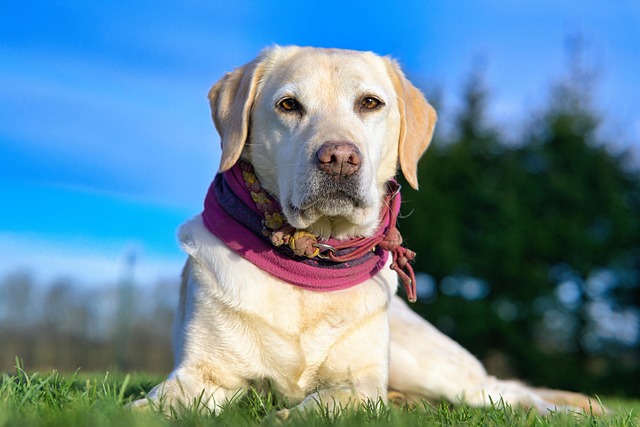
If you've noticed your dog's waistline disappearing and your veterinarian has mentioned those few extra pounds, your first instinct might be to simply reduce the amount of food in their bowl.
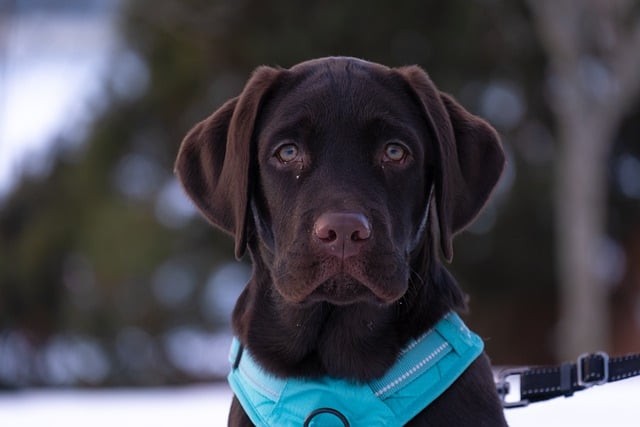
Training a dog to use a designated spot indoors isn’t as daunting as many new owners fear, but it does take consistency and an understanding of your pet’s needs.
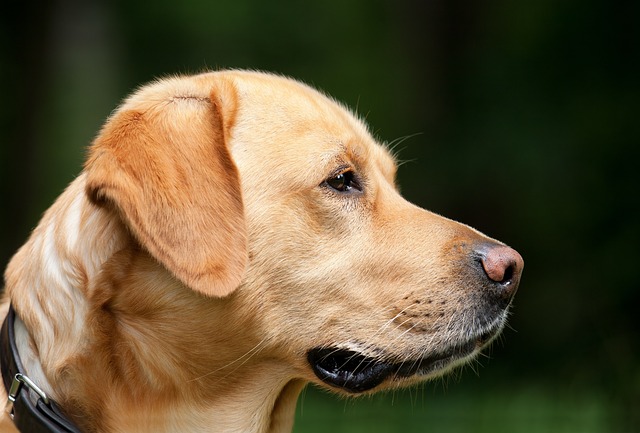
That moment of dread on a walk is all too familiar for many new dog owners. You see another dog approaching down the sidewalk of your neighborhood
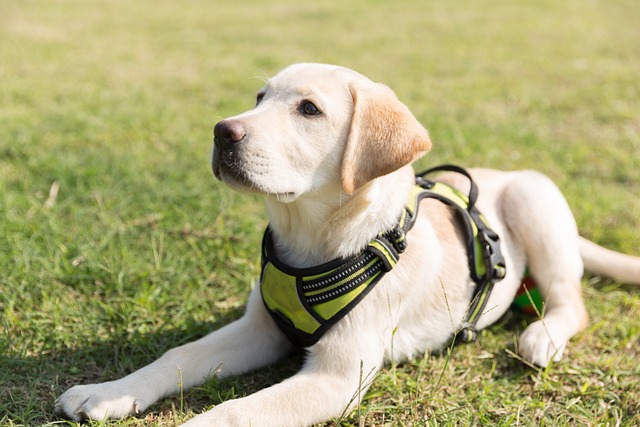
If the sight of another dog on your neighborhood walk makes your heart sink as your own dog erupts into a frenzy of barking and lunging, you're not alone.